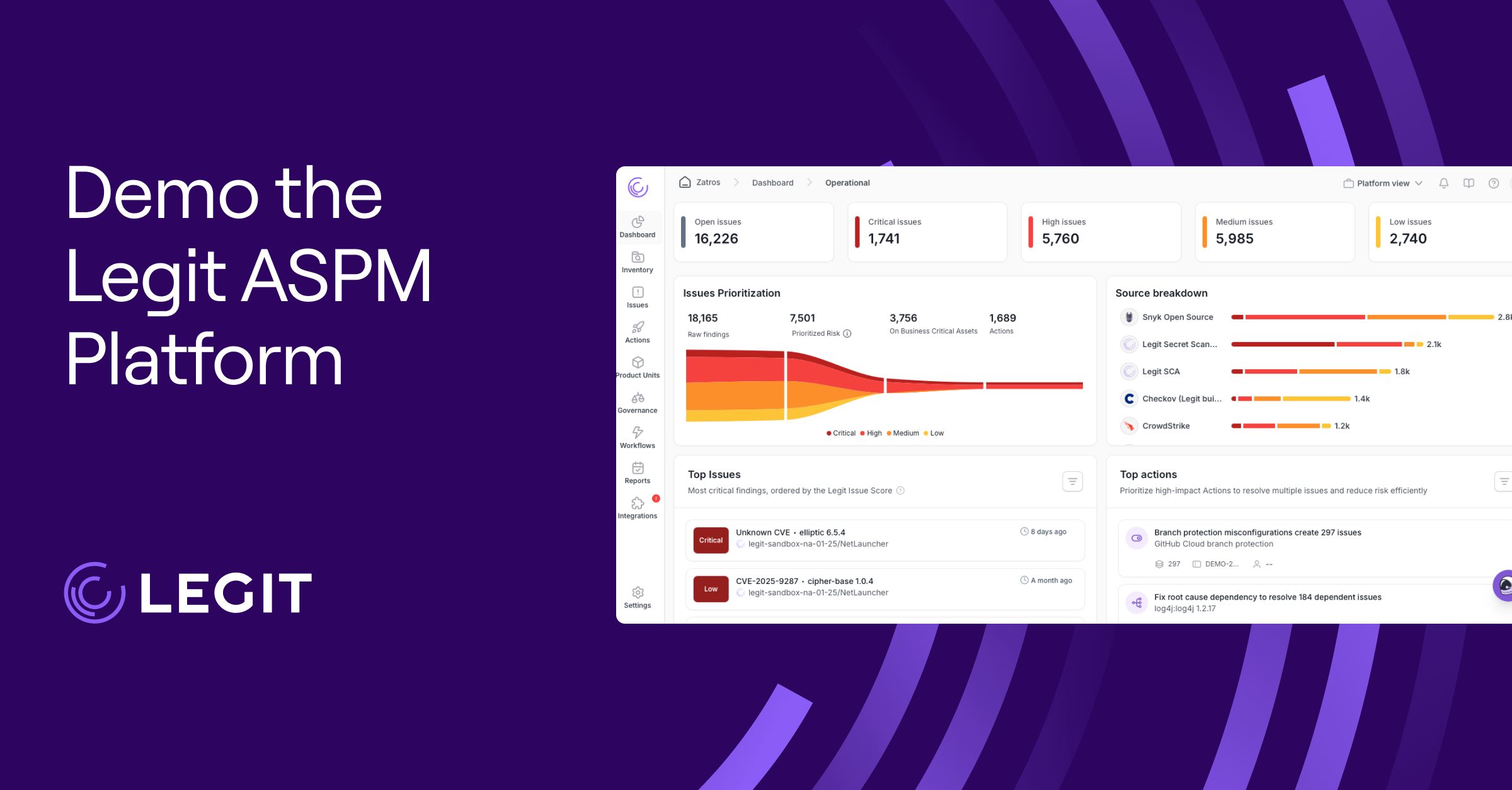The rule of least privilege, also known as the principle of least privilege (PoLP), is a security measure for safeguarding sensitive systems and data. PoLP ensures that users, applications, and systems have only the minimum access necessary to perform their tasks. This least privilege access strategy reduces potential attack surfaces, limiting the damage from compromised accounts to enhance overall security.
Implementing PoLP is about aligning with your business needs without creating bottlenecks. Here’s how to use PoLP, why it matters, and practical steps to implement it effectively.
What Is the Principle of Least Privilege?
Think of PoLP as giving out keys to a building. You wouldn’t hand every employee a master key. Instead, you’d provide access only to the spaces they need to do their job.
This same principle applies to digital environments, where controlled access ensures tighter security and reduces exposure to threats. You should assume that every user or system interaction presents a potential risk. That’s where the PoLP comes in.
When you apply the least privilege principle, you give users, applications, and systems the minimum access they need—and nothing more. This means granting permissions only when required and revoking them once they’re no longer needed, reducing the risk of misuse and minimizing potential damage from breaches.
The PoLP strengthens your security posture and supports compliance with regulatory standards, such as the General Data Protection Regulation (GDPR), Health Insurance Portability and Accountability Act (HIPAA), and Payment Card Industry Data Security Standard (PCI DSS). All of these guidelines require controlled access to sensitive data.
Why Is the Principle of Least Privilege Important?
Every privilege granted increases the risk of problems like insider threats and accidental misuse. Adopting PoLP—a fundamental least privilege cybersecurity concept alongside other open-source software security best practices—creates multiple layers of defense, making it harder for bad actors to move through your systems and access sensitive data.
This approach also helps contain the damage if an account is compromised. If an attacker gains control of a low-privilege account, their ability to execute harmful commands remains limited, helping prevent costly source code leaks and security breaches.
How Does the Principle of Least Privilege Work?
Often referred to as the least access principle in cybersecurity frameworks, PoLP works by carefully managing access based on specific roles and responsibilities.
Start by identifying the minimum permissions required for each role or task, and then make sure that users and systems only access what they need to perform their jobs effectively. For example, a developer might need access to a specific code repository to write and test code but shouldn’t have direct access to deploy changes to the production environment.
Regular audits and monitoring align access rights with current responsibilities. You can quickly identify and address potential security risks by continuously reviewing permissions, removing unnecessary privileges, and tracking access logs. This reduces the attack surface and supports a secure and efficient operational environment.
An additional characteristic of PoLP is temporary or time-limited access. Instead of granting permanent permissions, you can provide elevated access for specific tasks, with privileges automatically revoked once the task is completed. The window of opportunity for misuse or exploitation becomes even smaller.
Principle of Least Privilege Benefits
Implementing PoLP creates a more efficient, reliable, and manageable environment for IT teams and end users. Below are some of the key benefits you can expect:
- Diminish the attack surface: By restricting user access to only what’s necessary, PoLP reduces the number of entry points attackers can exploit and prevents insider threats from executing operations.
- Improve user productivity: Users can focus on tasks without distractions from unnecessary permissions or access-related confusion.
- Streamline compliance and audits: With clearly defined access controls, demonstrating compliance with information security standards becomes much simpler.
- Limit damage from breaches: In the event of a breach, restricted privileges prevent attackers from accessing critical systems or causing widespread damage.
- Enhance operational efficiency: Clear access policies reduce administrative overhead and minimize the risk of accidental misconfiguration.
How to Implement the Principle of Least Privilege
Follow these structured steps that balance security with operational efficiency:
1. Audit Existing Access Controls and Privilege Levels
Start by thoroughly auditing all user accounts, applications, and systems to identify any existing access rights. Look for over-privileged accounts and outdated permissions. Document your findings and prioritize high-risk accounts for immediate action.
2. Start All Accounts With Least Privilege
Adopt a default policy of least privilege for all accounts. New accounts should start with minimal permissions, and grant additional access only as needed. Regularly review newly created accounts to ensure they align with this principle.
3. Assign Access Rights
Clearly define roles and responsibilities and assign access rights based on job requirements. Use role-based access control (RBAC) frameworks to simplify this process, and make sure access policies are transparent and well-documented for accountability.
4. Implement Temporary Privileges
For tasks requiring elevated access, use temporary or time-bound permissions that automatically expire once completed. This avoids leaving elevated access active indefinitely, reducing the risk window.
5. Monitor and Audit Access Regularly
Monitor and review user permissions and access your logs to identify anomalies, suspicious activities, or unused accounts. Regular audits help maintain privilege structure while complying with security frameworks.
6. Use Automation Tools
Leverage automation tools to monitor and revoke access rights dynamically. This reduces human error and ensures consistent enforcement of PoLP policies.
7. Educate Employees
Train employees to understand the importance of PoLP and how to follow access control policies. Awareness reduces accidental misuse of privileges and enhances overall security culture. Provide regular training sessions and updates as needed.
Enhance the Principle of Least Privilege With Legit Security
Legit Security empowers your organization to effectively enforce the PoLP across your development pipelines. With comprehensive visibility into user permissions, continuous monitoring for privilege misuse, and automated compliance checks, Legit Security aligns your access rights with best practices.
Automate and simplify security across your development environment with Legit Security. Book a demo today.
Download our new whitepaper.


